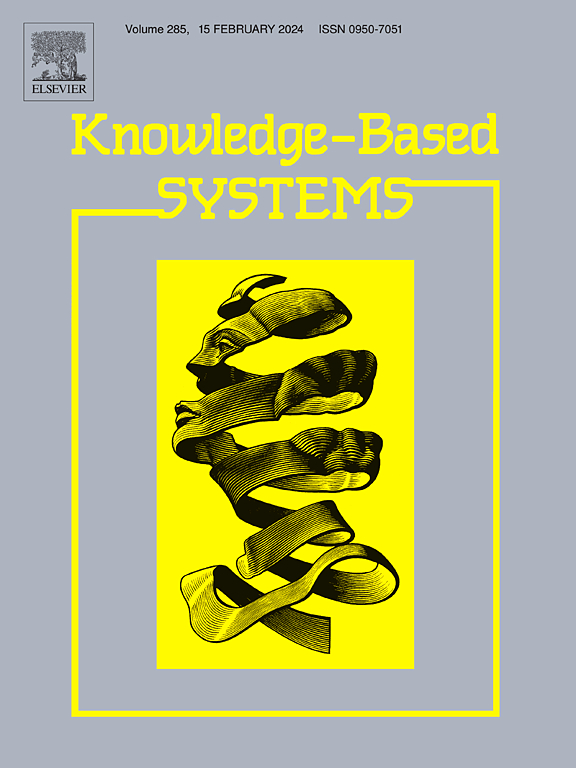Individualized image steganography method with Dynamic Separable Key and Adaptive Redundancy Anchor
IF 7.2
1区 计算机科学
Q1 COMPUTER SCIENCE, ARTIFICIAL INTELLIGENCE
引用次数: 0
Abstract
Image steganography hides several secret images into a single cover image to produce a stego image. For transmission security, the stego image is visually indistinguishable from the cover image. Furthermore, for effective transmission of secret information, the receivers should recover the secret images with high quality. With the increasing steganography capacity, a stego image containing many secret images is transmitted through public channels. However, in the existing image steganography methods, all the secret images are usually revealed without quarantine among various recipients. This problem casts a threat to security in the recovery process. In order to overcome this issue, we propose the Individualized Image Steganography (IIS) Method with Dynamic Separable Key (DSK) and Adaptive Redundancy Anchor (ARA). Specifically, in the process of hiding secret images, the proposed DSK dynamically generates a global key and a local key and appropriately fuses them together. In the same batch of transmission, all recipients share the same global key, but each has a different local key. Only by matching both the global key and the local key simultaneously, can the secret image be restored by the specific receiver, which makes the secret image individualized for the target recipient. Additionally, in the process of revealing secret images, the proposed ARA learns the adaptive redundancy anchor for the inverse training to drive the input redundancy of revealing (backward) process and output redundancy of hiding (forward) process to be close. This achieves a better trade-off between the performances of hiding and revealing processes, and further enhances both the quality of restored secret images and stego images. Jointly using the DSK and ARA, a series of experiments have verified that our IIS method has achieved satisfactory performance improvements in extensive aspects. Code is available in https://github.com/Revive624/Individualized-Invertible-Steganography.
求助全文
约1分钟内获得全文
求助全文
来源期刊

Knowledge-Based Systems
工程技术-计算机:人工智能
CiteScore
14.80
自引率
12.50%
发文量
1245
审稿时长
7.8 months
期刊介绍:
Knowledge-Based Systems, an international and interdisciplinary journal in artificial intelligence, publishes original, innovative, and creative research results in the field. It focuses on knowledge-based and other artificial intelligence techniques-based systems. The journal aims to support human prediction and decision-making through data science and computation techniques, provide a balanced coverage of theory and practical study, and encourage the development and implementation of knowledge-based intelligence models, methods, systems, and software tools. Applications in business, government, education, engineering, and healthcare are emphasized.
 求助内容:
求助内容: 应助结果提醒方式:
应助结果提醒方式:


